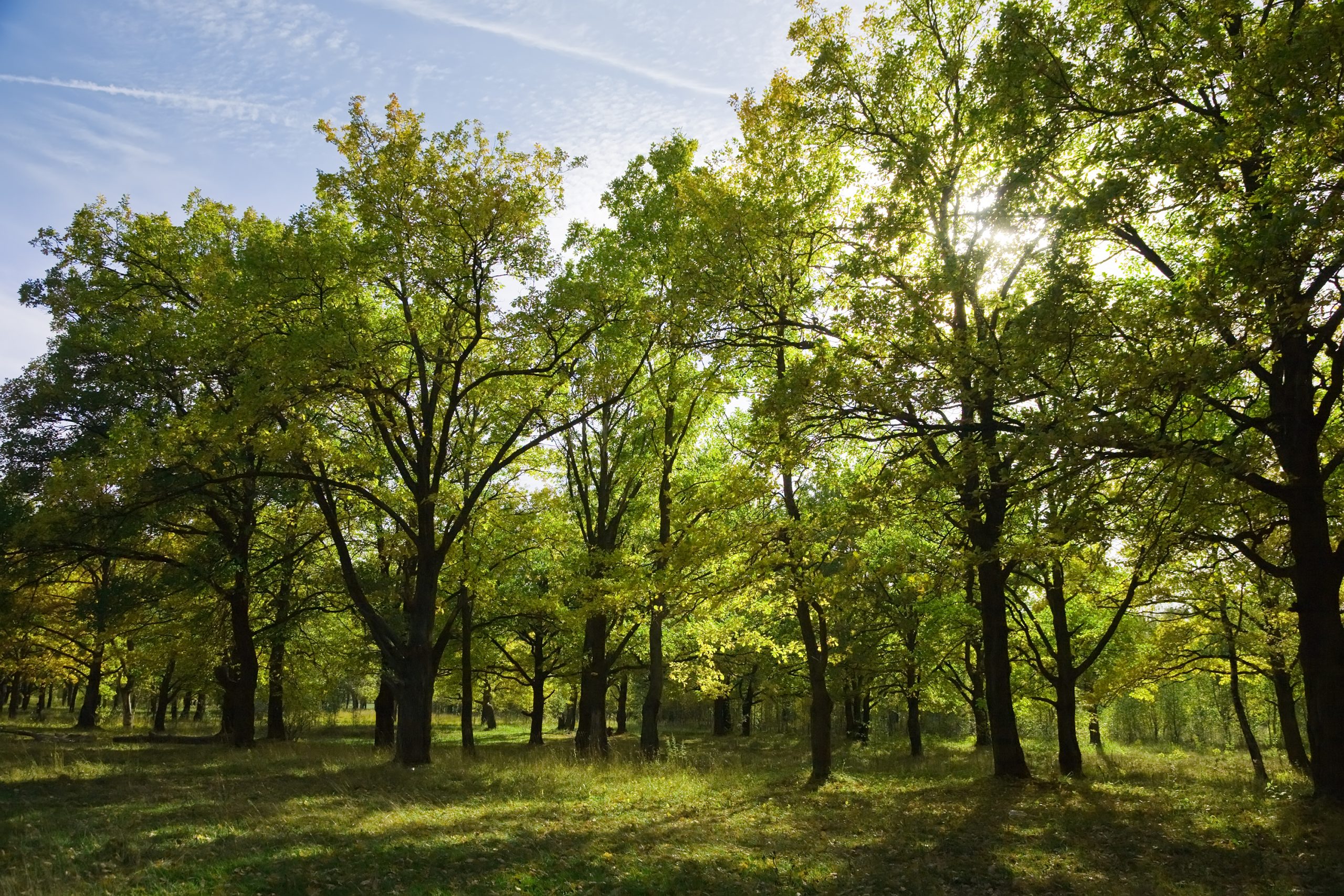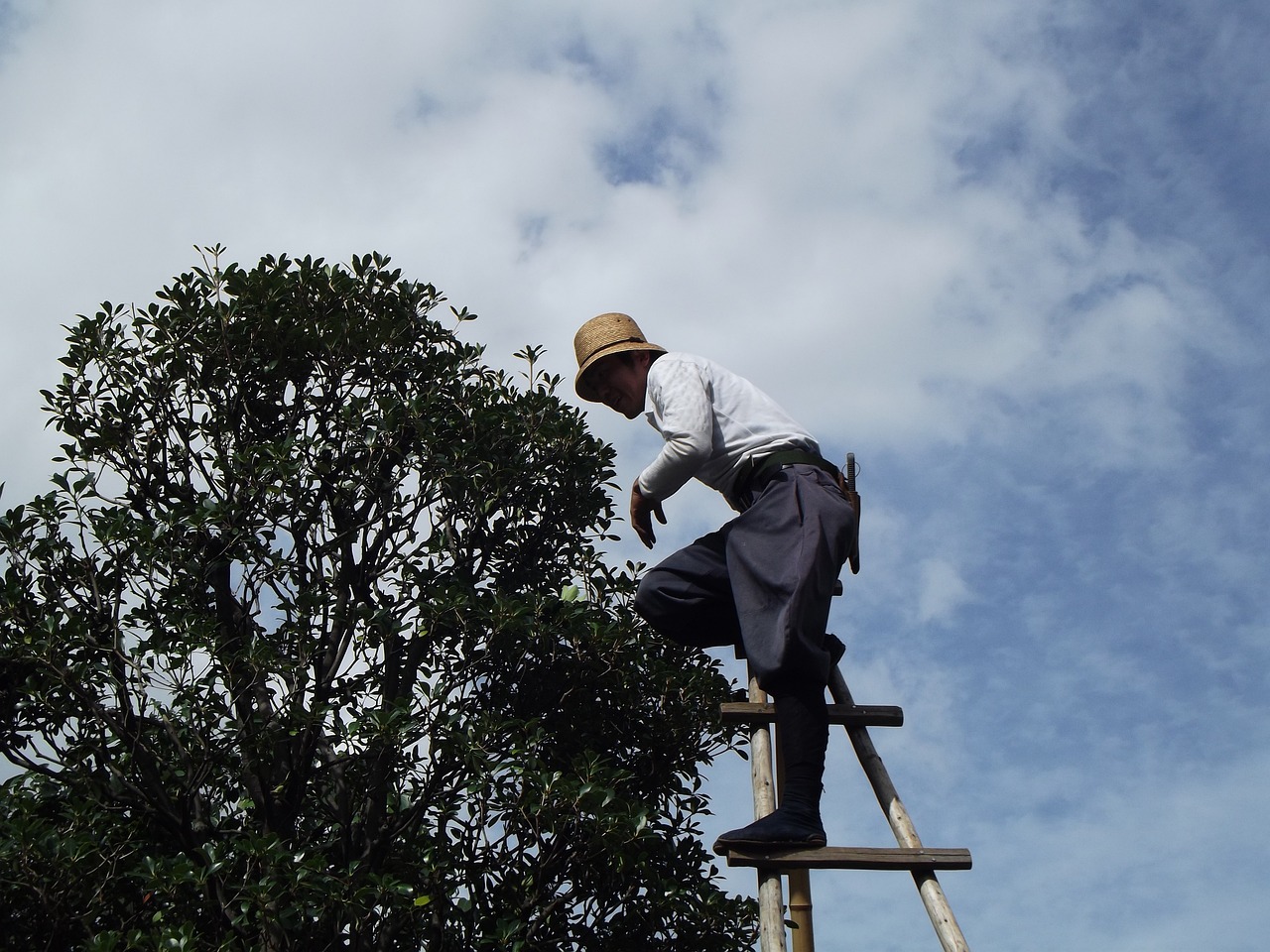Tree preservation is crucial for several compelling reasons that encompass environmental, economic, social, and ecological aspects. Understanding the importance of tree preservation is essential for fostering sustainable practices and maintaining the health of our urban and natural environments. Here are key reasons why tree preservation is significant:

• Air Quality: Trees absorb carbon dioxide (CO2) and release oxygen (O2) through photosynthesis, improving air quality by reducing greenhouse gas levels and pollution.
• Temperature Regulation: Trees provide shade and cooling effects, helping to mitigate urban heat islands and reduce energy consumption for cooling buildings.
• Stormwater Management: Tree canopies intercept rainfall, reduce runoff, and prevent soil erosion, which contributes to better water quality and reduced flood risk.
• Increased Property Values: Homes and properties with well-preserved trees tend to have higher market values and can sell more quickly.
• Energy Savings: Trees strategically planted around buildings can reduce heating and cooling costs, resulting in lower utility bills.
• Tourism and Aesthetics: Urban areas with lush tree canopies and well-maintained green spaces attract tourists, support local businesses, and enhance the overall economy.
• Health and Well-Being: Access to green spaces with trees has been linked to reduced stress, improved mental health, and increased physical activity, benefiting public health.
• Community Cohesion: Trees provide gathering spaces for events and social interactions, fostering a sense of community and belonging.
• Recreational Opportunities: Parks and green areas with trees offer opportunities for outdoor activities, promoting an active and healthy lifestyle.
• Wildlife Habitat: Trees serve as habitat and food sources for birds, insects, and other wildlife, contributing to urban biodiversity.
• Pollination: Trees support pollinators like bees and butterflies, playing a crucial role in food production and ecosystem stability.
• Carbon Sequestration: Trees sequester carbon, helping to mitigate climate change by removing CO2 from the atmosphere.
• Trees with cultural or historical significance hold value in preserving local heritage and traditions. Many communities have iconic trees that are integral to their identity.
• Trees provide essential ecosystem services, such as soil improvement, nutrient cycling, and water filtration, which support the health of surrounding ecosystems.
• Tree preservation contributes to maintaining and enhancing biodiversity by protecting native tree species and the habitats they provide for various species.
• Trees are integral to urban planning, contributing to green infrastructure, sustainable development, and resilience in the face of environmental challenges.
• Involving the community in tree preservation initiatives fosters a sense of ownership and environmental stewardship. It also provides educational opportunities for residents to learn about trees and their importance.
In summary, tree preservation is essential for maintaining the ecological balance, improving the quality of life in urban environments, supporting local economies, and addressing global challenges such as climate change and air pollution. It is a critical component of sustainable urban development and environmental conservation efforts.
There are several common myths and misconceptions regarding tree preservation that can impact the way trees are managed and conserved. These myths often lead to misguided practices that may harm trees and the environment. Here are some prevalent myths and the corresponding explanations debunking them:

1. Myth 1: “Cutting Down Old Trees is Always Necessary”
• Debunking Explanation: Old trees are valuable for biodiversity, carbon sequestration, and aesthetics. While some may pose safety concerns, alternatives like pruning and structural support can address issues without removal.
2. Myth 2: “All Trees Are Replaceable”
• Debunking Explanation: Mature trees provide unique ecological benefits that young trees cannot replicate. Replanting cannot fully replace the functions of established trees.
3. Myth 3: “Trees Are Harmful to Foundations and Sidewalks”
• Debunking Explanation: Tree roots typically do not cause significant harm to well-constructed foundations and sidewalks. Proper planning and maintenance can prevent damage.
4. Myth 4: “Topping Trees Is a Safe Pruning Technique”
• Debunking Explanation: Topping is harmful to trees and can lead to decay, instability, and hazardous regrowth. Proper pruning methods should be used to maintain tree health and structure.
5. Myth 5: “Tree Preservation Is Expensive and Inconvenient”
• Debunking Explanation: While tree preservation may require initial investment, the long-term benefits, such as energy savings, increased property values, and improved quality of life, often outweigh the costs.
6. Myth 6: “Trees Have a Fixed Lifespan”
• Debunking Explanation: Tree lifespan is influenced by various factors, including species, health, and care. Proper maintenance can extend a tree’s life significantly.
7. Myth 7: “All Trees Are Alike”
• Debunking Explanation: Tree species differ in their ecological roles and adaptability to urban environments. Preserving diverse tree species is essential for urban biodiversity.
8. Myth 8: “Tree Preservation Hinders Property Development”
• Debunking Explanation: Proper urban planning can integrate tree preservation into development projects, supporting sustainability and enhancing property values.
9. Myth 9: “Cutting Down Trees Is the Only Solution to Pest and Disease Problems”
• Debunking Explanation: Integrated pest management (IPM) techniques, such as early detection and treatment, can often address pest and disease issues without removing trees.
10. Myth 10: “Tree Preservation Efforts Are Ineffective”
• Debunking Explanation: Numerous successful tree preservation initiatives demonstrate the effectiveness of responsible management and community involvement.
Understanding and debunking these myths is essential for promoting responsible tree preservation practices that prioritize tree health, environmental sustainability, and the numerous benefits that urban trees provide to communities.
There are several alternatives to tree removal that can be employed to address various issues while preserving the tree’s health and the benefits it provides to the environment. Two common alternatives are pruning and hazard mitigation:
• Definition: Pruning is the selective removal of specific branches or parts of a tree to improve its structure, health, and appearance.
• Thinning: Removing select branches to reduce density and improve air circulation within the canopy, reducing disease risk and wind resistance.
• Deadwood Removal: Eliminating dead, diseased, or weak branches to prevent them from falling and causing harm.
• Crown Reduction: Reducing the overall size of the tree’s canopy to alleviate stress on limbs and reduce potential hazards.
• Lifting: Raising the lower branches to provide clearance for structures, vehicles, and pedestrians.
• Shaping: Trimming to enhance the tree’s natural form or to fit within a specific landscape design.
• Benefits:
• Preserves the tree’s ecological value and aesthetic appeal.
• Maintains tree health and vitality.
• Reduces safety risks associated with weak or overgrown branches.
• Minimizes potential damage to property and infrastructure.
• Definition: Hazard mitigation involves identifying and addressing potential tree-related hazards to reduce the risk of accidents or damage.
• Bracing and Cabling: Installing cables and braces to support weak or split branches or trunks, preventing them from breaking.
• Lightning Protection: Installing lightning rods and grounding systems to protect trees from lightning strikes.
• Root Zone Management: Enhancing soil health and reducing soil compaction around trees to improve stability and root growth.
• Assessment and Monitoring: Regular inspections to identify and address potential hazards, such as signs of disease, decay, or pest infestations.
• Extends the life of the tree while minimizing risks.
• Preserves the tree’s contributions to air quality, aesthetics, and habitat.
• Enhances safety for people and property.
• Addresses specific hazards without resorting to complete removal.
It’s important to note that the choice between tree removal and these alternatives depends on various factors, including the tree’s condition, location, species, and the specific issue at hand. Arborists and tree care professionals assess these factors to make informed recommendations. In many cases, preservation techniques like pruning and hazard mitigation can effectively address concerns while allowing trees to continue providing their valuable ecological, economic, and social benefits.
Replanting trees, while a valuable practice for environmental conservation and urban greening, comes with its own set of challenges and limitations that need to be considered. Understanding these challenges is crucial for successful tree replanting initiatives:

• Soil Quality: The condition and quality of the soil at the replanting site must be suitable for the tree species being planted. Poor soil quality can hinder tree establishment and growth.
• Site Space: Limited space, competition with other vegetation, or proximity to infrastructure can restrict the planting of trees, especially in urban areas.
• Appropriate Species: Selecting the right tree species for the local climate, soil type, and available space is essential. Inappropriate species choices can lead to poor growth, susceptibility to pests, and high maintenance requirements.
• Tree Nurture: The health and quality of the trees being planted are critical. Trees that are stressed, diseased, or poorly maintained may struggle to survive and thrive in their new environment.
• Transplant Shock: Trees can experience transplant shock when they are moved from their original location to a new site. Proper care and acclimatization measures are needed to reduce this stress.
• Climate Variability: Changes in weather patterns and the increasing frequency of extreme weather events, such as droughts and storms, can impact the survival and growth of newly planted trees.
• Pests and Diseases: Invasive pests and diseases can pose a threat to newly planted trees, making it necessary to implement pest management strategies.
• Watering and Maintenance: Newly planted trees require consistent watering and maintenance during their establishment period, which can be resource-intensive.
• Competing Vegetation: Competition from weeds and other plants for water, nutrients, and sunlight can hinder tree growth.
• Longevity: Trees are long-lived organisms, and successful replanting requires a long-term commitment to their care and maintenance.
• Community Engagement: Sustained community involvement and support are often needed to ensure the ongoing health and vitality of replanted trees.
• Introducing new tree species or changing the composition of local vegetation can have unintended consequences on local ecosystems and biodiversity.
• Tree replanting projects can require significant financial resources for tree acquisition, planting, maintenance, and monitoring.
• The timing of tree replanting projects must align with favorable planting seasons and should be well-planned to ensure the success of the initiative.
• In urban areas, where tree replanting is often essential, challenges include limited space, competition for resources, and the need for coordinated efforts with infrastructure development.
In summary, while tree replanting is a valuable conservation and urban greening strategy, it requires careful consideration of site conditions, species selection, and ongoing maintenance. Successful replanting efforts often involve a combination of expertise from arborists, community engagement, and a commitment to long-term care to overcome the challenges and limitations associated with establishing healthy, thriving trees.
Murray is a city situated on the Wasatch Front in the core of Salt Lake Valley in the U.S. state of Utah. Named for territorial governor Eli Murray, it is the state's fourteenth largest city. According to the 2020 census, Murray had a population of 50,637. Murray shares borders with Taylorsville, Holladay, South Salt Lake and West Jordan, Utah. Once teeming with heavy industry, Murray's industrial sector now has little trace and has been replaced by major mercantile sectors. Known for its central location in Salt Lake County, Murray has been called the Hub of Salt Lake County. Unlike most of its neighboring communities, Murray operates its own police, fire, power, water, library, and parks and recreation departments and has its own school district. While maintaining many of its own services, Murray has one of the lowest city tax rates in the state.
Murray Oakes, Grant Park, Southwood Park, Murray Park, Murray Park Restrooms, Willow Pond Park, Neighborhood Veterinary Care
We had a great experience with TruCo! They were well priced, responsive and prompt. Michael was a pleasure to work with and gave us advice on which plants to put in where we took out our ugly old shrubs. I would highly recommend this company!!!
TruCo Services gets 5 stars from us for customer service. We experienced a few issues with their services this last year and Rob Eccles in senior management, stepped in and immediately handled our issues. He was very committed to making sure they understood our expectations and would execute to make us happy.
I work for a property management company and have the pleasure of working with Rob at a community in Sandy. He has been incredible to work with and always responds in a timely manner. He knows all the homeowners by name and address and is aware of all the "problem" areas when it comes to sprinklers. I never have to worry about following up with him because he always reaches out to provide me with an update. If you're looking to work with someone who takes pride in their job, is professional, and can solve the worst landscaping problems thrown your way, Rob is your guy. Thank you, Rob for all you do!
We have used Truco at 2 of the complexes we manage, they have been great to work with. Good quality service, outstanding customer service with good communication. That's hard to find these days. I highly recommend them. Travis has been awesome to work with.
We use TruCo for a majority of our properties and our home. While other landscaping companies we use come and go for various reasons like cost, communication issues, work performance, etc., TruCo is always consistent in price and work. Also, Rob is the best.